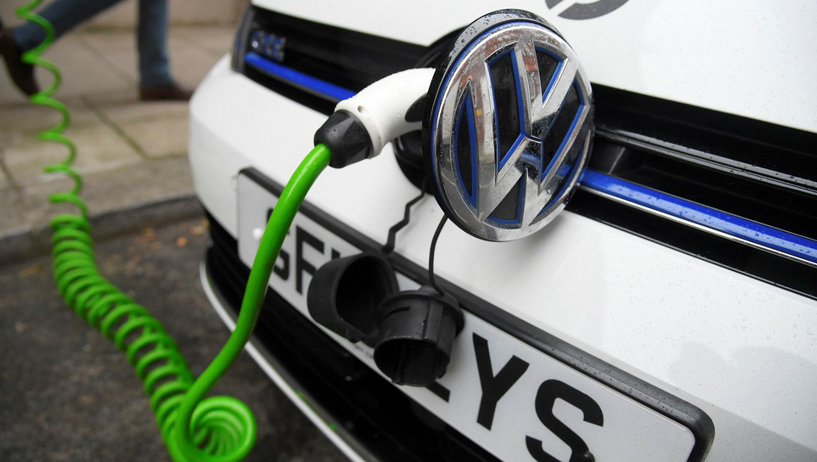The National Infrastructure Commission has been consulting on a number of questions, including how the Government could best replace fuel duty in a way that is fair.
The prospect of a complete switch to electric propulsion for cars and vans will lead to loss of most revenue from fuel duty, currently about £28 billion a year (HGVs might still require taxable fuel), offset to a small degree by VAT of 5 per cent on electricity. Vehicle Excise Duty raises some £6 billion a year, rather less than the annual capital and current expenditure on national and local roads of £8 billion in total. So VED could be raised to cover the full cost of the road system. But that would leave a major gap in public revenues and would, in the long run, imply much cheaper motoring – welcome to motorists but problematic in respect of the detrimental impacts of the car.
To fill the revenue gap it would be logical to levy a charge on the use of electric vehicles (EVs). This would be a charge related to distance, weight of vehicle (which determines damage to carriageway), location and (possibly) time of day (reflecting congestion which imposes costs on other road users). It would also be possible to relate charges to the cost of the vehicle when new, so that the better off road users paid more than those who could only afford a reasonably priced family car.
The public rationale for such a charge would be that it is right that EVs should contribute their fair share of the revenues raised from road users, both to cover the costs of operating, maintaining and developing the road network, and to meet the wider needs of society.
EVs could only be charged for road use once their costs permitted this. At present, the lower cost of electricity goes part way to offsetting the higher capital cost of EVs. However, capital costs are expected to fall as battery technology advances, so that over time cost headroom will develop that will allow EVs to be charged for road use while maintaining their economic attractiveness in relation to conventional vehicles.
Devolution
Road user charging would allow devolution of revenue raising to fund the road system. One tranche of revenue would be taken by the Treasury to support general government expenditure. The remainder would be retained by road authorities to fund their expenditure on roads and other transport provision. The Department for Transport would decide charges for the Strategic Road Network, while local authorities with responsibility for roads would set charges for their networks. There would need to be some coordination of approach to minimise diversion of traffic onto unsuitable roads, perhaps a responsibility for the Office of Rail and Road.
Road authorities would set charges according to their revenue and investment needs: problems with potholes would justify raising charges, as would plans for additional capacity. The income stream from charges could be used to raise finance for capital projects. Devolution of revenue raising to road authorities would largely obviate the need for grants from central government, other than perhaps for regional ‘rebalancing’. If, like London, local authorities chose to manage demand by means of a congestion charge, the revenue could be used to fund public transport. This would provide an important tool to influence the pattern of urban transport.
The London congestion charge is well accepted by the public, is technically reliable and raises useful revenue. It is, however, based on a daily charge for entering the charging zone within the charging hours, regardless of level of traffic or distance travelled. The Mayor’s draft Transport Strategy indicates that consideration will be given to the next generation of road user charging systems, to help achieve policies for mode share, road danger reduction, environmental objectives, congestion reduction and efficient traffic movement. It would be sensible for consideration of technology options to be a joint effort between TfL and DfT, so that London could act as a test-bed for arrangements that are capable for national use in due course.
The technology for road user charging would comprise a digital platform with a vehicle-based device displaying an app. Other facilities could be offered on the device including route guidance to avoid congestion, journey time information, indication of available parking, facilities for sharing trips with those travelling in the same direction, and information about non-car modes of travel where these are practicable alternatives. The menu of options would trade off speed, quality and cost. This technology would allow the operation of the road network to be optimised, reliability to road users to be improved, and the costs of maintenance, operation and development to be recovered through charges that reflect costs.

